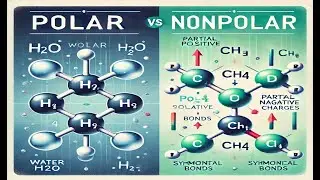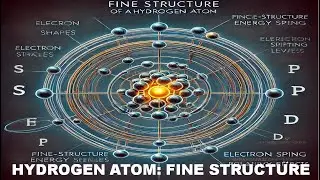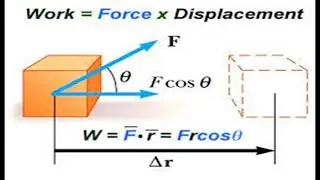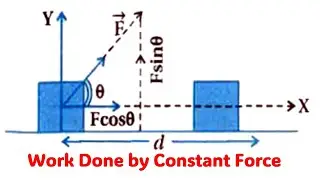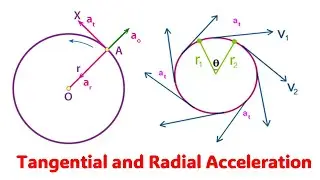Verneuil Flame Fusion Method (History) for Single Crystal Growth (Lecture Part 02)
@PhysicsMaterialsScienceandNano
The Verneuil method, also known as the flame fusion method, is a significant technique used for synthesizing single crystals of various materials, particularly gemstones like synthetic corundum (sapphire) and synthetic spinel. Here’s a historical overview of the Verneuil method:
Early Developments
1. **Invention by Auguste Verneuil**: The Verneuil method was invented by the French chemist Auguste Verneuil in 1902. Verneuil was attempting to create synthetic rubies by melting powdered aluminum oxide (corundum) in a flame.
2. **Process Description**: The process involves melting fine powder or small crystals of the desired material using a high-temperature oxyhydrogen flame. The molten material then solidifies into a single crystal as it is slowly pulled away from the flame.
Advancements and Applications
1. **Synthetic Gemstones**: Initially, the Verneuil method was primarily used to produce synthetic rubies. However, it was later adapted for other gemstones such as sapphires, spinels, and various oxides.
2. **Industrialization**: By the early 20th century, the Verneuil method had become a key industrial process for producing gemstones that were visually and chemically identical to their natural counterparts.
Impact and Legacy
1. **Gemstone Industry**: The Verneuil method revolutionized the gemstone industry by providing a reliable means to produce large, high-quality gemstones at a fraction of the cost of natural stones.
2. **Scientific and Technological Contributions**: Beyond gemstones, the technique contributed to advancements in materials science and crystallography. It enabled the production of single crystals for use in various scientific applications, including optics, electronics, and lasers.
Contemporary Relevance
1. **Continued Use**: Despite advancements in other crystal growth methods, the Verneuil method remains significant due to its simplicity, cost-effectiveness, and ability to produce high-quality synthetic crystals.
2. **Artificial Environment**: The method requires careful control of temperature, gas flow, and other parameters to achieve the desired crystal structure and purity, making it a blend of art and science in crystal growth.
In summary, the Verneuil method, or flame fusion method, pioneered by Auguste Verneuil in 1902, stands as a cornerstone in the history of crystal growth techniques. Its impact on synthetic gemstone production and broader applications in materials science continues to be felt today, underscoring its enduring legacy in both industrial and scientific realms.
verneuil flame fusion method for single crystal growth,
hydrothermal method for crystal growth,
crystal growth and nucleation,
powder xrd vs single crystal,
single crystal x ray diffraction technique,
single crystal x ray diffraction method











